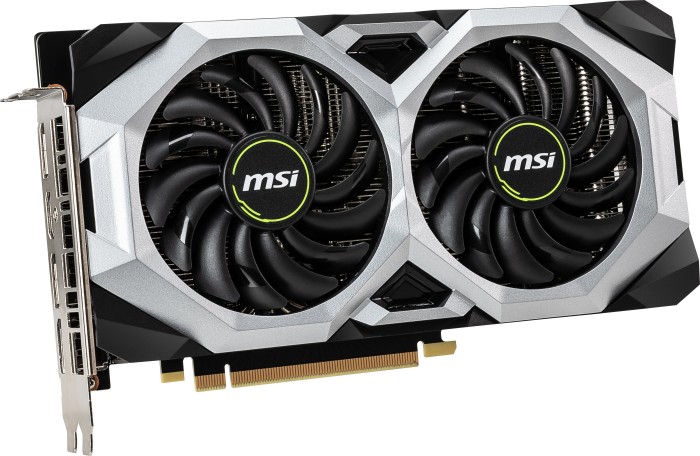


And sometimes, graphics cards ship with poor thermal paste application, though it’s very rare. Custom graphics cards with multiple fans often hover in the 60s and 70s, even under full load, and water-cooled GPUs can run even cooler.įinally, sometimes the thermal paste between the GPU and the heatsink can become dry and lose its effectiveness, most commonly in graphics cards that are many years old. In single-GPU systems with decent airflow, your graphics card temperatures shouldn’t wander above the 80-degree range unless you’re using a model with a single blower-style cooler, or an exceptionally powerful GPU. In desktops, however, a graphics card running at 90-plus degrees is screaming for help. Most modern chips can run at temperatures in the mid-90 degrees Celsius, though, and you’ll often see them hit those temperatures in gaming laptops. There’s no easy answer it varies from GPU to GPU.

So now you know what tools can help you monitor your graphics card temperature, but numbers on a screen mean nothing without context. It offers a clean, straightforward aesthetic and a handy mobile app for remote monitoring, but you’ll need to create an account to use CAM. If the sparse, information-dense look of those enthusiast-focused apps don’t work for you, NZXT’s superb CAM software performs the same task, even if you don’t have any NZXT hardware in your PC. HWInfo’s sensor info includes GPU temperatures and a lot more.


 0 kommentar(er)
0 kommentar(er)
